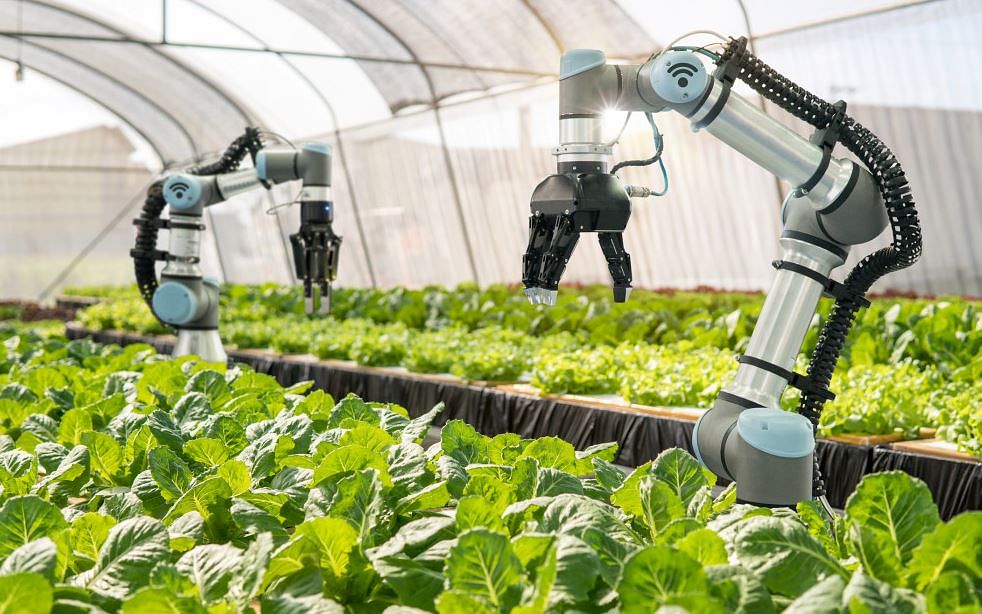
Artificial intelligence (AI) is on the verge of ushering in a new era in agriculture, one that will help us meet the problem of feeding the world's rising population in a sustainable way. However, academics caution that deploying new AI technology at scale carries significant hazards that aren't being taken into account.
According to a new risk study published today in the journal Nature Machine Intelligence, the future application of artificial intelligence in agriculture carries significant potential hazards for farms, farmers, and food security that are poorly understood and underappreciated.
Finding of Research:
"It is hardly science fiction to see intelligent machines controlling farms. Large corporations are already leading the way in developing the next generation of autonomous agricultural robots and decision-making systems that will eventually replace humans in the field "According to the paper's first author, Dr. Asaf Tzachor of the University of Cambridge's Centre for the Study of Existential Risk (CSER).
"However, no one appears to have raised the question of whether there are any risks involved with a quick deployment of agricultural AI," he continued.
Despite AI's enormous promise for improving crop management and agricultural productivity, the authors say that potential risks must be addressed responsibly and new technologies thoroughly tested in experimental settings to ensure that they are safe and secure against accidental failures, unintended consequences, and cyber-attacks.
The authors have developed a list of hazards that must be considered in the responsible development of AI for agriculture, as well as solutions to solve them, based on their research. They warn that cyber-attackers might disrupt commercial farms employing AI by poisoning datasets or shutting off sprayers, autonomous drones, and robotic harvesters, among other things. To avoid this, they recommend that 'white hat hackers' assist corporations in identifying security flaws during the development phase, so that systems may be protected from genuine hackers.
The authors indicate that in a situation involving inadvertent failure, an AI system built just to give the best agricultural output in the short term would overlook the environmental ramifications of doing so, resulting in misuse of fertilizers and soil degradation in the long run. Pesticide overuse in the pursuit of high yields might damage ecosystems, while nitrogen fertilizer overuse would pollute the soil and adjacent streams. To avoid these eventualities, the authors recommend integrating applied ecologists in the technology design process.
Tzachor said, "Expert AI agricultural systems that overlook the complexity of labour inputs will ignore, and perhaps maintain, the exploitation of disadvantaged groups."
Various Ag-bots and smart gear, such as drones and sensors, are already being used to gather data on crops and assist farmers in making decisions, such as recognizing infections or insufficient irrigation. Self-driving combine harvesters can also harvest a crop without the assistance of a human operator.
These automated technologies are designed to make farming more productive by reducing labour expenses, increasing production efficiency, and reducing loss and waste. Farmers will see an increase in revenue as well as a higher reliance on agricultural AI as a result of this.
Small-scale farmers, on the other hand, who cultivate the majority of farms worldwide and feed significant swaths of the so-called Global South, are likely to be excluded from AI-related benefits. Smallholders may be unable to use new technologies due to marginalization, low internet penetration, and the digital divide, expanding the gap between commercial and subsistence farmers.
Artificial intelligence technologies and precision agriculture promise significant benefits for food and nutritional security in the face of climate change and a growing global population, with an estimated two billion people suffering from food insecurity, including 690 million malnourished and 340 million children suffering from micronutrient deficiencies.
(Source: University of Cambridge)











